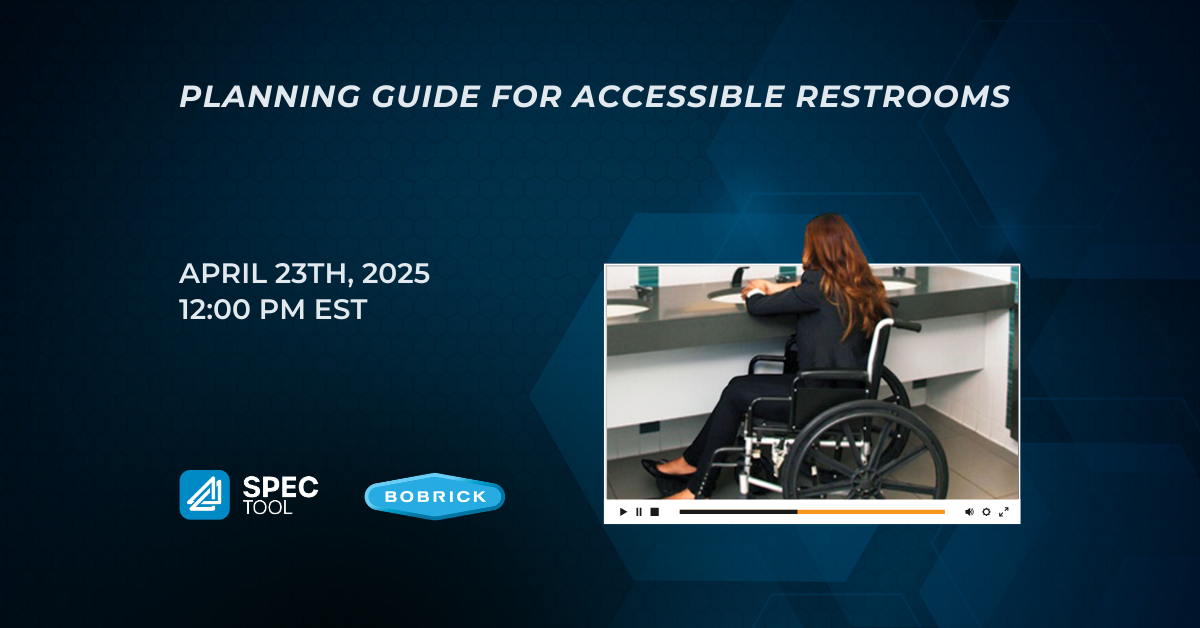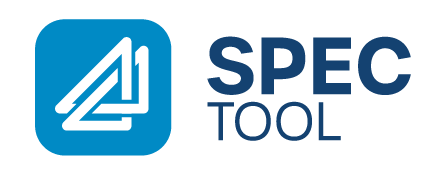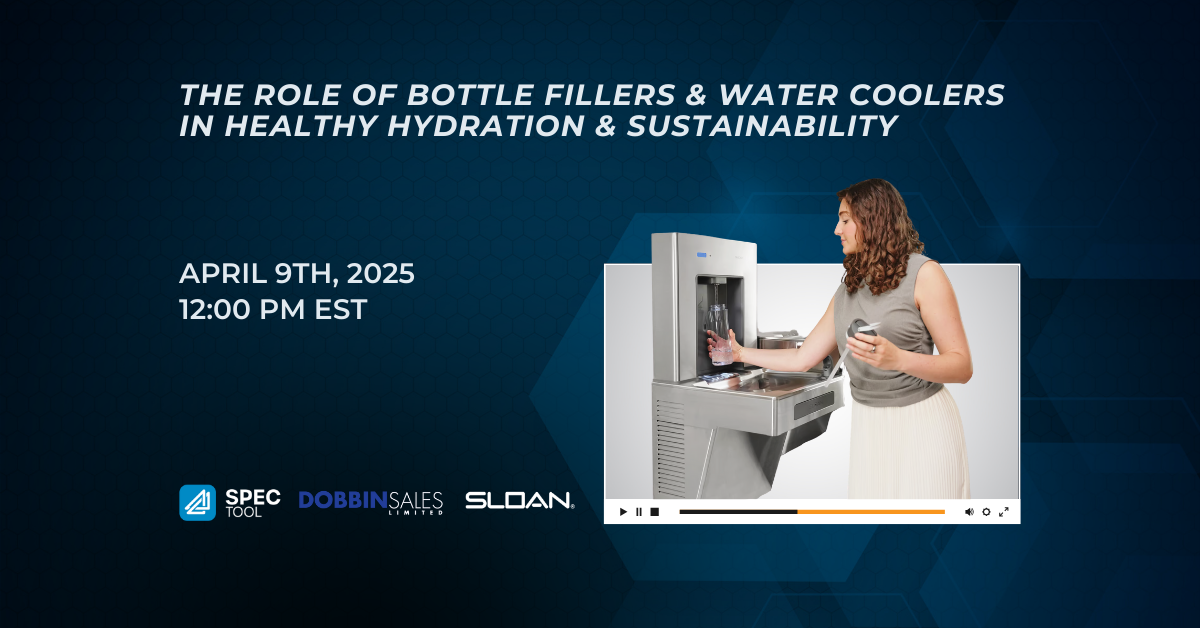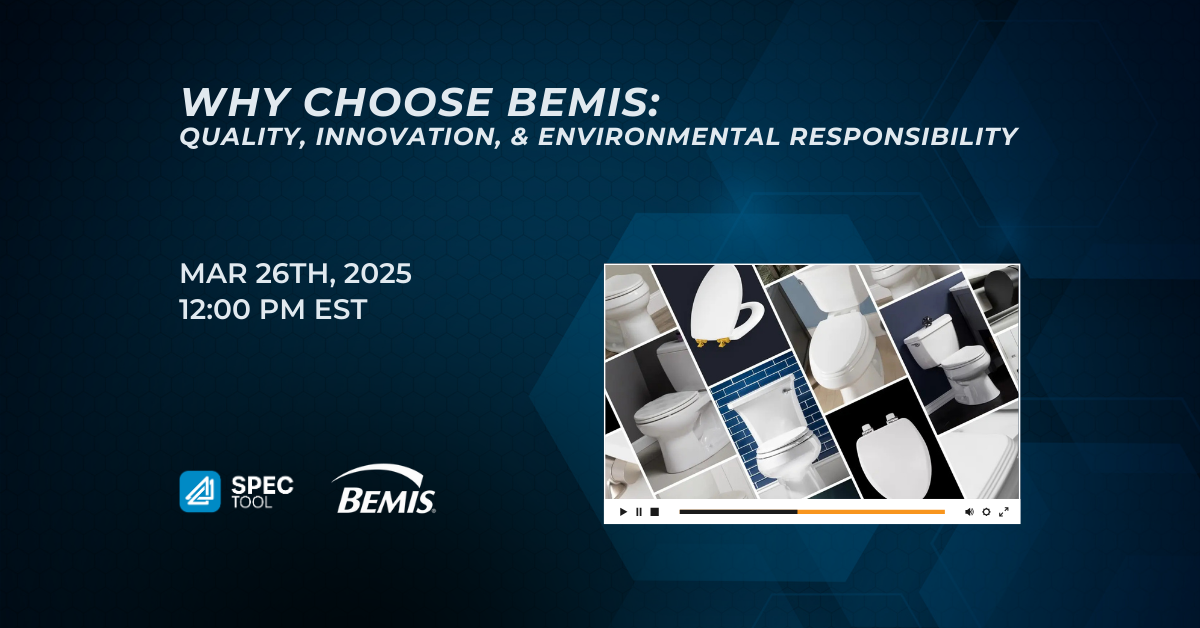Planning Guide for Accessible Restrooms with Bobrick: CEU

Chapter Summaries and Key Takeaways
Chapter 1: Introduction and Purpose of the Webinar
The webinar introduces the ATS team, their goals, and the tools available to help architects, engineers, and designers select and specify code-compliant products. A significant emphasis is placed on continuing education opportunities provided by ATS and accessibility expert Alan Gettelman.
Key Takeaways:
- ATS is dedicated to providing tools like the ATS spec tool for better selection and specification of products.
- The webinar aligns with ATS University’s mission to educate architects and engineers .
- Alan Gelman, an accessibility expert from Bobrick, leads the course on planning accessible restrooms.
Chapter 2: Course Objectives on Accessibility Standards
The course centers on the importance of understanding accessibility standards, key ADA and ICC A117 requirements, and the design of accessible restrooms. It covers several key learning objectives.
Key Takeaways:
- The course outlines five learning objectives, focusing on accommodating diverse users and explaining ADA and A117 guidelines.
- Special focus includes requirements for accessible lavatories, toilet compartments, and bathing facilities.
- ADA standards are a federal civil rights law, addressing discrimination by ensuring facility accessibility, while A117 standards are state-adopted and included in building codes.
Chapter 3: Accessibility Standards and Their Application
This chapter explores the application of accessibility standards (e.g., ADA, ICC A117) and addresses the overlaps, contradictions, and implications for building design.
Key Takeaways:
- The 2010 ADA standards are federal civil rights law, applicable across all buildings nationwide.
- A117 standards are adopted by individual states and integrated into their building codes, sometimes overlapping or conflicting with ADA standards.
- Designing accessible restrooms requires awareness of federal, state, and local standards to ensure compliance.



